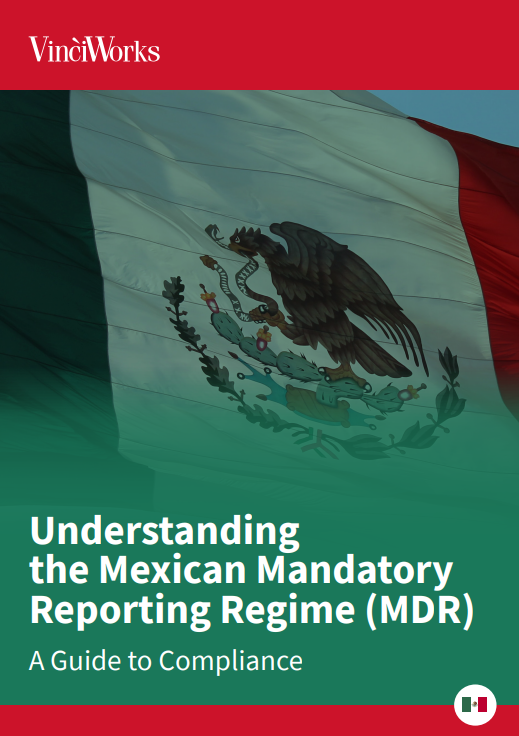Mexico has introduced a new law that requires lawyers, accountants, bankers and tax advisers to proactively report certain tax transactions to the tax authorities. The Mexican law is part of an OECD initiative to combat tax evasion, known as BEPS Action 12, and is similar to the EU’s DAC6 regulation. Mexico’s mandatory disclosure law will be in force from January 2021, with a requirement to report historic data.
For Mexico, this means that businesses will need to review transactions that go as far back as January 2020. Businesses that start keeping track of transactions now will find it easier to report transactions when the mandatory disclosure law is in force in Mexico.
What is the Mexican Mandatory Reporting Regime (MDR)?
The OECD’s BEPS Action Plan recognises that one of the key challenges faced by tax authorities is a lack of timely, comprehensive and relevant information on potentially aggressive or abusive tax planning strategies.
BEPS Action 12 provides recommendations for the design of rules to require taxpayers and advisors to disclose aggressive tax planning arrangements. These recommendations seek a balance between the need for early information on aggressive tax planning schemes with a requirement that disclosure is appropriately targeted, enforceable and avoids placing undue compliance burden on taxpayers.
Which authority is in charge of MDR in Mexico?
The Tax Administration Service (SAT) will issue the regulations applicable to the disclosures. The Ministry of Treasury and Public Credit (SHCP) will issue the thresholds regarding the minimum amounts needed to trigger the applicability of this new regime.
Download our guide to the Mexican MDR

VinciWorks has created a comprehensive guide to the Mexican MDR. The guide covers:
- Who is considered to be a tax adviser?
- Who is required to report under the Mexican MDR?
- When is a taxpayer not required to report?
- What is and what isn’t considered to be a tax scheme?
- What makes a transaction reportable?













